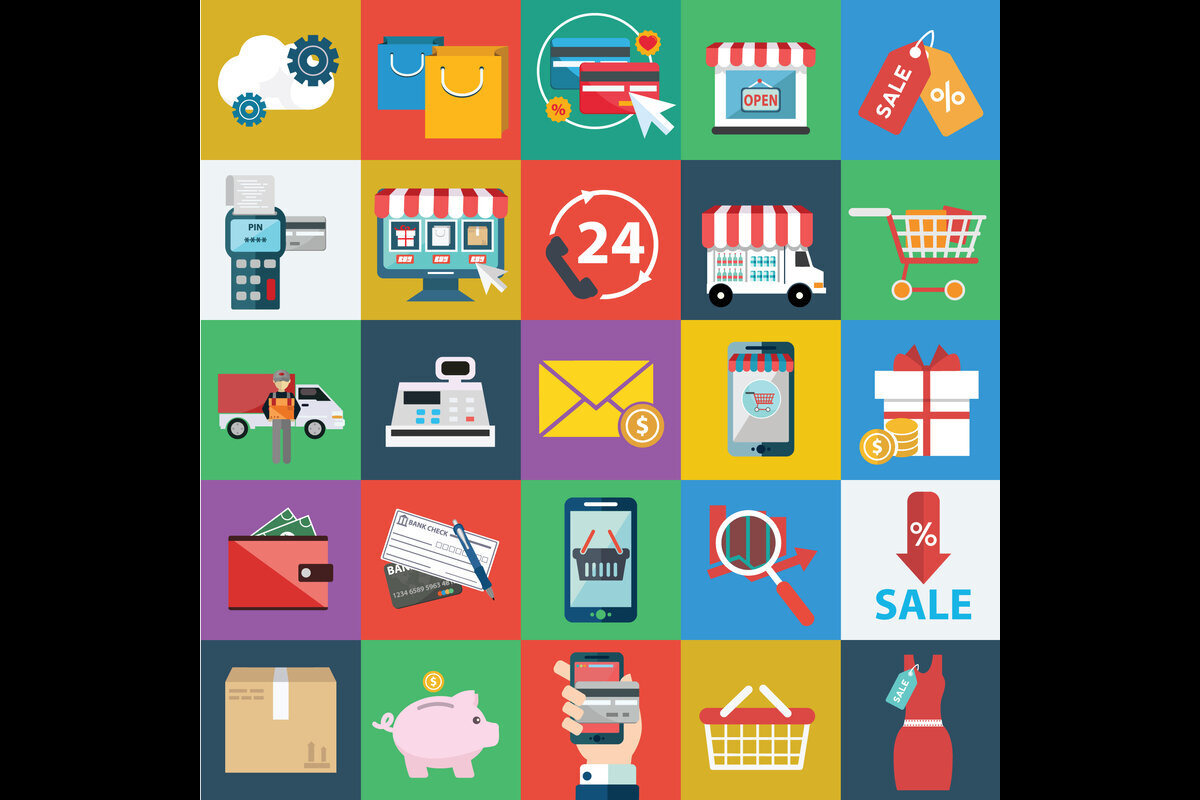How to use Payment Models for Third-Party API Integration
In today’s interconnected digital landscape, third-party integrations are essential for enhancing the functionality of applications. These integrations often involve various payment models, each tailored to different usage patterns and business needs. This blog explores the different payment models for third-party integrations, including per hit, per record return, monthly services, and prepaid payments, helping you choose the best option for your project.
What is Third-Party Integration?
Third-party integration refers to the process of connecting external services, APIs, or software to your application to extend its capabilities. These integrations can provide additional features such as payment processing, data retrieval, authentication, and more.
Payment Models for Third-Party Integrations
1. Per Hit Payment Model
Definition: Charges are incurred each time your application makes a request to the third-party service.
Use Cases:
- API Calls: Services that charge for each API call, such as weather data providers or geolocation services.
Advantages:
- Cost-Effective for Low Usage: Ideal for applications with infrequent API calls.
- Predictable Billing: Easy to estimate costs based on the number of expected hits.
Disadvantages:
- High Costs for Heavy Usage: Can become expensive with high traffic or frequent requests.
- Unpredictable Costs: Costs can fluctuate based on user activity.
Example: Paytm, Twilio, OpenWeatherMap
2. Per Record Return Payment Model
Definition: Charges are based on the number of records or data points returned by the third-party service.
Use Cases:
- Data Retrieval Services: Platforms that provide detailed records, such as financial data, user profiles, or inventory information.
Advantages:
- Pay for What You Use: Charges correlate directly with the amount of data retrieved.
- Scalable Costs: Costs scale with data usage, making it flexible for varying needs.
Disadvantages:
- Cost Uncertainty: Difficult to predict costs if data usage fluctuates significantly.
- Potential for High Costs: Large volumes of data can lead to high expenses.
Example: Clearbit, FullContact, ZoomInfo
3. Monthly Subscription Payment Model
Definition: A fixed monthly fee is charged for access to the third-party service, often with usage limits or tiers.
Use Cases:
- SaaS Products: Software as a Service platforms that offer tiered pricing based on usage levels.
Advantages:
- Predictable Costs: Fixed monthly fees make budgeting easier.
- Comprehensive Access: Often includes a range of features and higher usage limits.
Disadvantages:
- Underutilization: Can be costly if you do not fully utilize the service.
- Overhead: Monthly fees add up even during periods of low usage.
Example: SendGrid, Algolia, Datadog
4. Prepaid Payment Model
Definition: Users prepay for a certain amount of service or credits, which are then deducted as they use the service.
Use Cases:
- Prepaid APIs: Services where users purchase credits in advance, such as SMS gateways or email sending services.
Advantages:
- Control Overspending: Prepaid credits limit spending to the amount purchased.
- Flexibility: Users can top up credits as needed, offering flexibility in usage.
Disadvantages:
- Upfront Costs: Requires an initial investment to purchase credits.
- Risk of Expiry: Credits may expire if not used within a certain period.
Example: AWS, Google Cloud Vision API, Mailgun
5. Pay-As-You-Go Payment Model
Definition: Charges are based on actual usage without any fixed fees. Users pay for the exact amount of resources or services they consume.
Use Cases:
- Cloud Services: Platforms like AWS and Azure that charge based on compute, storage, and bandwidth usage.
Advantages:
- Flexibility: Pay only for what you use, making it cost-effective for variable usage.
- No Commitment: No long-term contracts or commitments required.
Disadvantages:
- Cost Uncertainty: Can be difficult to predict monthly costs.
- Potential for High Costs: Can become expensive with high or unpredictable usage.
Example: Google Cloud Platform, Microsoft Azure, Stripe
6. Tiered Pricing Model
Definition: Users are charged based on different levels or tiers of service usage. Each tier provides a set amount of resources or features.
Use Cases:
- API Services: Providers that offer different tiers of API access with varying limits and features.
Advantages:
- Scalability: Easy to scale up or down based on usage needs.
- Predictable Costs: Each tier has a fixed cost, making budgeting easier.
Disadvantages:
- Jump in Costs: Moving to a higher tier can result in a significant cost increase.
- Underutilization: Users may not fully utilize the resources in a higher tier.
Example: Mailchimp, HubSpot, Salesforce
7. Freemium Model
Definition: Offers a basic level of service for free, with advanced features or higher usage limits available through paid plans.
Use Cases:
- Software and SaaS Products: Platforms that provide essential features for free and charge for premium features.
Advantages:
- Low Entry Barrier: Users can try the service for free before committing to a paid plan.
- Upsell Opportunities: Opportunity to convert free users to paying customers.
Disadvantages:
- Limited Free Features: Free tier may have significant limitations.
- Revenue Dependence: Reliance on converting free users to paid plans.
Example: Firebase, GitHub, Slack
8. Revenue Sharing Model
Definition: The third-party service takes a percentage of the revenue generated through its integration.
Use Cases:
- E-commerce Platforms: Payment gateways and marketplaces that take a cut of sales made through their platform.
Advantages:
- Alignment of Interests: Both parties benefit from increased revenue.
- Lower Upfront Costs: No significant upfront fees; costs are tied to success.
Disadvantages:
- Reduced Margins: Percentage cut can reduce profit margins.
- Dependence on Sales: Costs are tied to sales performance, which can be unpredictable.
Example: Apple App Store and Google Play Store, YouTube Partner Program, Uber and Lyft
9. Flat Rate Pricing Model
Definition: A fixed rate is charged for access to the service, regardless of usage.
Use Cases:
- Subscription Services: Platforms that offer a flat rate for unlimited usage within a specific period.
Advantages:
- Predictable Costs: Easy to budget with a fixed cost.
- Simple Pricing: No need to track usage or manage variable costs.
Disadvantages:
- Potential Overpayment: Can be costly if usage is lower than anticipated.
- Lack of Flexibility: No cost savings for low usage periods.
Example: Netflix, Spotify, Amazon Prime
10. Hybrid Pricing Model
Definition: Combines elements of multiple pricing models to offer a more tailored approach.
Use Cases:
- Complex Services: Providers that offer a mix of subscription, per-use, and tiered pricing options.
Advantages:
- Customizable: Can be tailored to fit different usage patterns and business needs.
- Flexibility: Offers multiple ways to manage and predict costs.
Disadvantages:
- Complexity: Can be more complicated to understand and manage.
- Potential for Hidden Costs: Multiple pricing elements can lead to unexpected costs.
Example: Oracle Cloud, IBM Cloud, Adobe
Choosing the Right Payment Model
When selecting a payment model for third-party integrations, consider the following factors:
- Usage Patterns: Understand your application’s usage patterns and predict how frequently you’ll need the service.
- Budget: Determine your budget and choose a model that aligns with your financial constraints.
- Scalability: Ensure the payment model can scale with your application’s growth.
- Predictability: Consider whether you need predictable monthly costs or can manage variable expenses.
Conclusion
Choosing the right payment model for third-party integrations is critical for balancing cost and functionality. By understanding various models such as pay-as-you-go, tiered pricing, freemium, revenue sharing, flat rate, and hybrid models, you can make informed decisions that align with your business needs and usage patterns. Evaluate the pros and cons of each model to select the best fit for your project.








